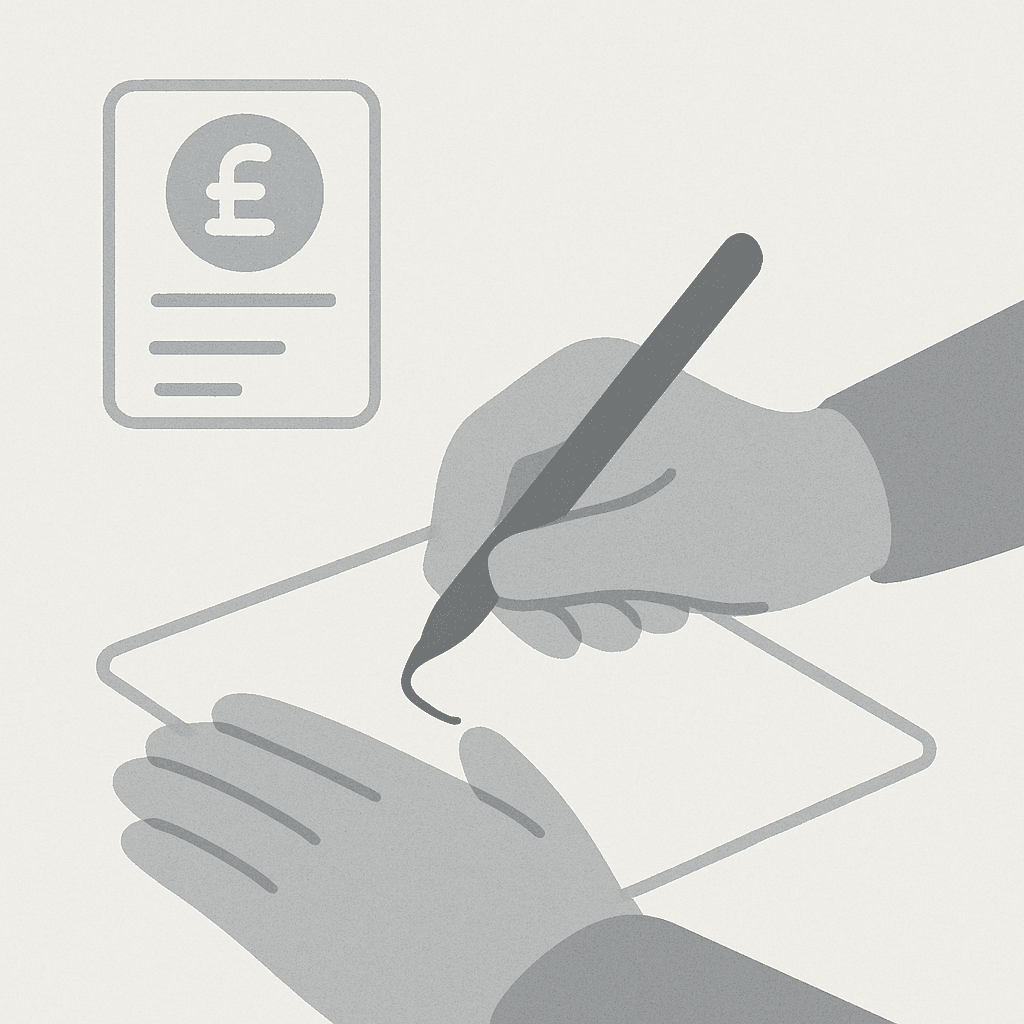Junior ISAs Explained: Tax-Free Savings for Your Child
Discover how Junior ISAs offer tax-free savings in the UK, helping you build a secure financial future for your child's adulthood.

Introduction
Did you know that a Junior ISA could offer your child a fairly substantial tax-free financial head start? With rising costs in education and housing, preparing financially for your child's future has never really been more imminent. Junior ISAs in the UK are certainly one of the preferred means of saving or investing in a child's name, tax-efficiently, by parents and guardians.
This article will teach you how Junior ISAs operate in practice, the rules you must abide by, how you could get the maximum allowance going in your child's tax-free pool, and if this method of saving fits with your family's financial planning.
What is a Junior ISA?
A Junior ISA is a long-term tax-exempt savings or investment account specifically created for children under age 18 living in the UK.
Key features of Junior ISAs:
- Annual allowance (£9,000 for the 2024/2025 tax year)
- Completely tax-free savings or investment returns
- Locked-in money until the child reaches 18
- Possible transfer from Child Trust Funds (CTFs)
Types of Junior ISAs Available
There are two major kinds of Junior ISAs available in the UK:
1. Cash Junior ISA
- Like traditional savings accounts
- Earns interest tax-free
- Lower risk and easy to operate
2. Stocks and Shares Junior ISA
- Invests in stocks, bonds, or mutual funds
- Potentially higher returns with higher risk involved
- Best suited for long-term savings objectives
You can choose to hold one or both types, but the total subscribed should not go beyond the annual allowance.
Who Can Open a Junior ISA?
Only a parent or a legal guardian can open a Junior ISA account in the child's name, but contributions can be made by anyone-whether grandparents, relatives, or friends.
The child must:
- Be under 18 years of age
- Be residing in the United Kingdom
- Have no Child Trust Fund or have the Child Trust Fund transferred
Maximise Your Child's Junior ISA Allowance
Making your child's Junior ISA allowance go far means being aware of how it works and making use of the annual allowance:
- Annual limit: £9,000 per tax year (2024/25)
- Deadline: Contributions are reset each tax year (6 April – 5 April)
Consider the following:
- Regular monthly contributions spread throughout the year
- Request that family members contribute as gifts on special occasions
- Review every year to ensure the funds are growing or change the direction if necessary
Junior ISA vs Adult ISA: What's the Difference?
There are a few major differences between a Junior ISA and an adult one:
- Junior ISA funds are locked until the child turns 18
- The ownership of the funds automatically transfers to the child at 18
- Children aged 16 and 17 can maintain both Junior ISA and adult Cash ISA simultaneously, thus allowing double an annual ISA allowance for two years
Hands-On Example: Investing for Your Child's University
Consider starting a Junior ISA at birth by contributing £100 monthly in a Stocks and Shares Junior ISA. At an average growth rate of 5% per year, the investment could be worth approximately £35,000 by the time the child turns 18. Such a lump-sum payout could very well go a long way in offsetting tuition fees and living expenses or for putting down on their first home.
Key Points to Remember Before Opening a Junior ISA
Some key points to consider before opening a Junior ISA are:
- Risk vs potential returns
- Long-term financial planning for your family
- Can you access the money (locked away till the child is 18 years)
- Which provider is offering better fees and interest rates?
For further reading, please consult reliable sources such as the official GOV.UK Junior ISA guidance and investment advice by the Financial Conduct Authority.
Advance Your Financial Planning
For more effective and personalised financial planning, make use of our salary calculator to budget effectively for your family's prosperity.
Conclusion
Junior ISAs offer an invaluable tool for UK families to secure their children's financial futures through tax-free savings and investments. By understanding the rules, types available, and strategies to maximise your allowance, you can effectively use Junior ISAs to give your child a crucial head start in life. Start early, review regularly, and help your child step into adulthood with confidence.